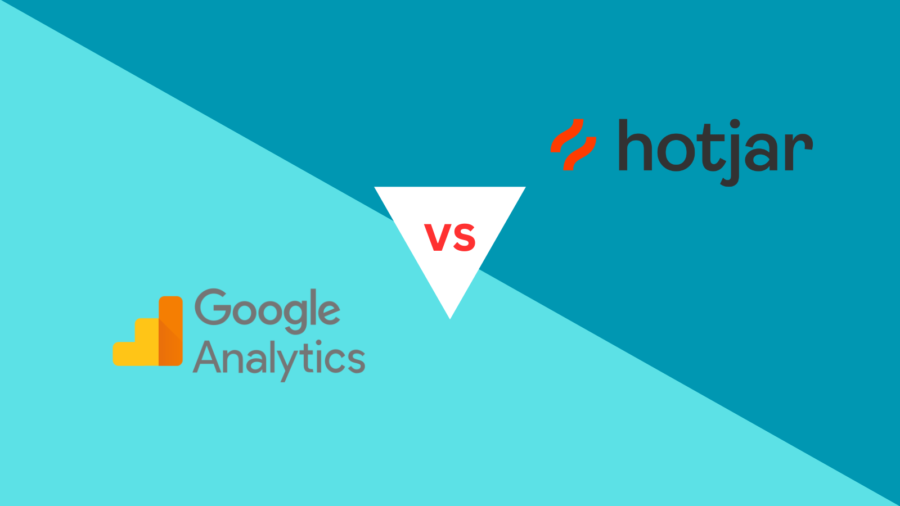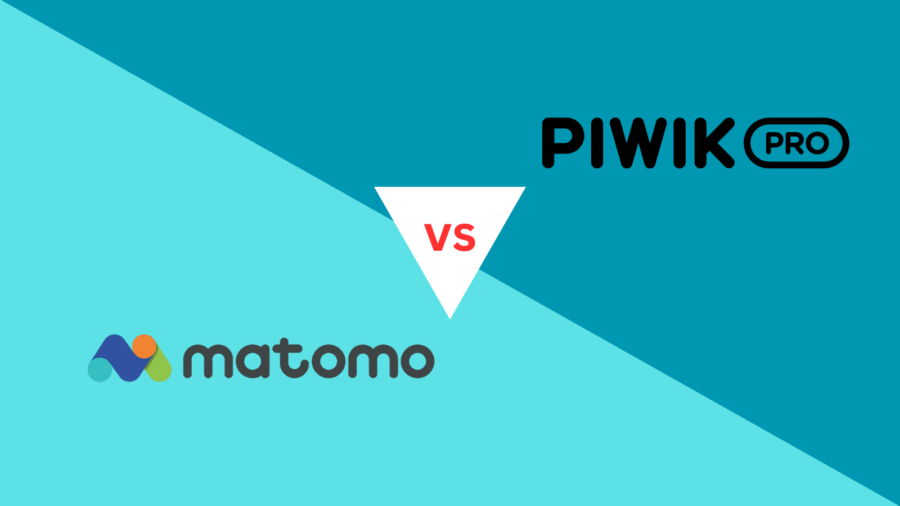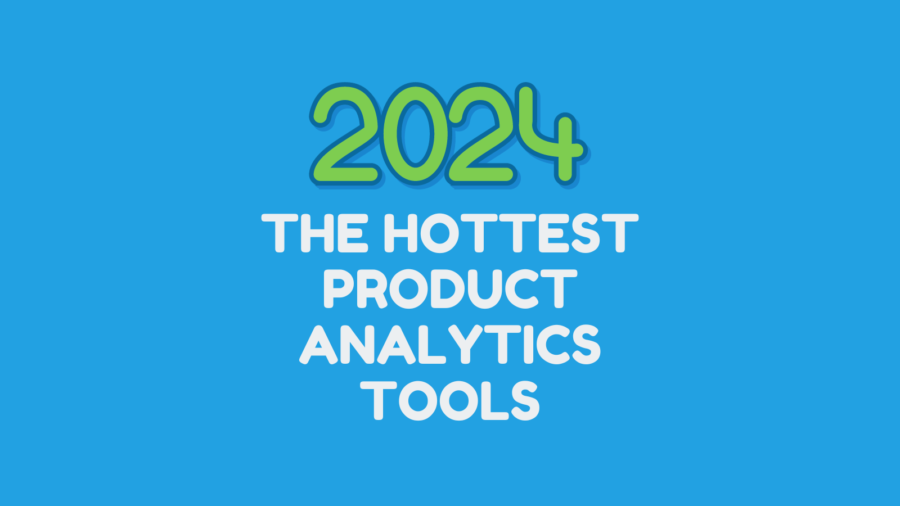Introduction
Understanding user behavior and optimizing digital experiences is paramount in the ever-evolving online business landscape. Two powerful tools that aid businesses in achieving this are Google Analytics and Hotjar. Both are essential for product analytics, offering unique features and insights. In this blog post, we will delve into the intricacies of these tools, comparing Google Analytics and Hotjar from a product analytics perspective.
Understanding the Basics
Google Analytics, the juggernaut in web analytics, provides a comprehensive view of website traffic, user demographics, and user behavior. It is an indispensable tool for businesses seeking insights into how users interact with their websites. On the other hand, Hotjar is a user feedback and behavior analytics tool that goes beyond traditional analytics by offering heatmaps, session recordings, and surveys.
User Interface and Ease of Use
Both Google Analytics and Hotjar have their strengths regarding user interface and ease of use. Google Analytics has a robust interface with many features, making it ideal for advanced users. However, the abundance of options might be overwhelming for beginners.
Hotjar, on the other hand, is known for its user-friendly interface. The platform is designed to be intuitive, allowing users to navigate and access the data they need quickly. This simplicity is particularly beneficial for small businesses or individuals who may not have extensive experience with analytics tools.
Data Collection and Accuracy
One of the crucial aspects of product analytics is the accuracy of the data collected. Google Analytics relies on JavaScript tracking to gather data, ensuring high accuracy in tracking user interactions. However, it is essential to ensure that the tracking code is implemented correctly to avoid discrepancies in the data.
Hotjar, too, uses JavaScript tracking, providing accurate data on user behavior. Additionally, Hotjar’s session recordings visually represent how users navigate through a website, providing valuable insights into user interactions. This visual approach can be particularly beneficial for understanding user behavior beyond numerical data.
Customization and Flexibility
Google Analytics is renowned for its extensive customization options. Users can set custom reports, dashboards, and goals tailored to their business objectives. This flexibility allows businesses to track and analyze metrics most relevant to their goals.
Hotjar, while not as feature-rich as Google Analytics in terms of customization, offers a unique set of tools for understanding user behavior. Heatmaps, for instance, visually represent where users click, move, and scroll on a webpage, offering valuable insights into user engagement. The platform also allows for on-site surveys, providing direct communication with users.
Real-Time Analytics
Regarding real-time analytics, Google Analytics provides up-to-the-minute data on website traffic and user behavior. This feature is particularly useful for businesses that must make immediate decisions based on current trends or campaigns.
Hotjar, while offering valuable insights, may not be as real-time-focused as Google Analytics. However, the platform compensates with features like session recordings, allowing users to review past user interactions and identify trends over time.
Cost Considerations
Cost is a significant factor for businesses, especially small and medium-sized enterprises. Google Analytics offers a free version with robust features, making it accessible to businesses of all sizes. However, for more advanced features and higher data processing limits, businesses may opt for Google Analytics 360, which comes with a substantial cost.
Hotjar, too, offers a free version with limited features, making it an attractive option for startups and small businesses. The paid plans, while reasonably priced, offer additional features such as unlimited heatmaps and survey responses.
Integration Capabilities
Integration with other tools and platforms is crucial for a seamless workflow. Google Analytics integrates seamlessly with various Google products, such as Google Ads and Google Search Console. Additionally, it supports third-party integrations, allowing businesses to connect with their favorite marketing and analytics tools.
Hotjar also offers integration capabilities, enabling users to connect with popular platforms such as HubSpot, WordPress, and Shopify. While it may not have the extensive list of integrations that Google Analytics boasts, Hotjar provides sufficient connectivity for businesses seeking a holistic view of their data.
Conclusion
Both Google Analytics and Hotjar play crucial roles in product analytics, offering unique features and insights. With its comprehensive suite of tools, Google Analytics is ideal for businesses looking for a deep dive into website traffic, user demographics, and online performance. On the other hand, Hotjar stands out with its user-friendly interface and visual representation of user behavior, making it a valuable companion for businesses focused on user experience optimization.
Ultimately, the choice between Google Analytics and Hotjar depends on a business’s specific needs and goals. Google Analytics is the go-to solution for a comprehensive and detailed analysis of website traffic and user interactions. However, if a business prioritizes user experience and seeks insights through visual data representation, Hotjar emerges as a powerful alternative.
In the ever-evolving digital landscape, having a solid product analytics strategy is essential for businesses striving to stay ahead. Whether you opt for the data-rich environment of Google Analytics or the user-centric approach of Hotjar, investing in these tools will undoubtedly contribute to a better understanding of your audience and pave the way for data-driven decision-making.
Check more comparisons from our Unraveling the Power of Product Tools series.





